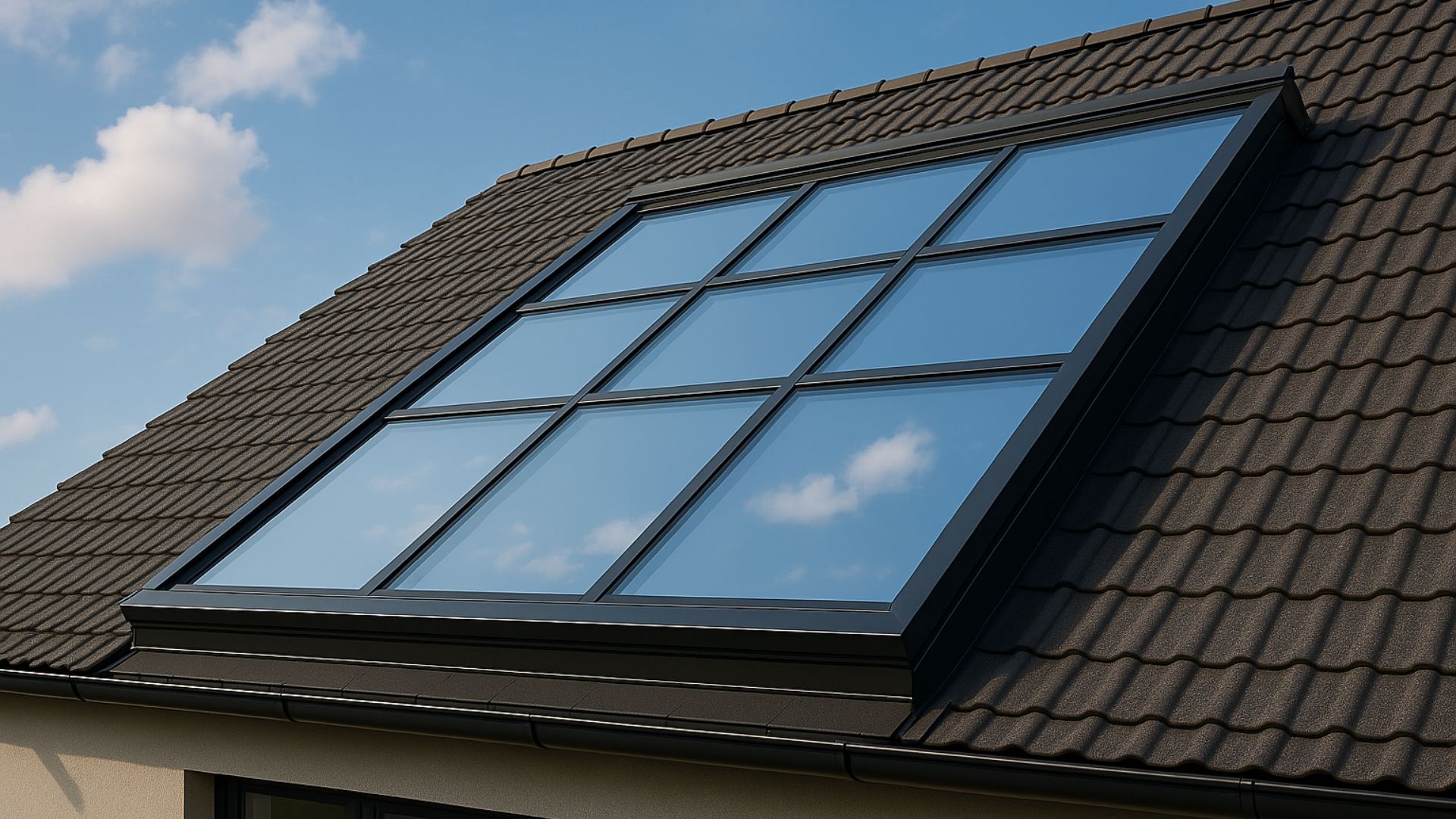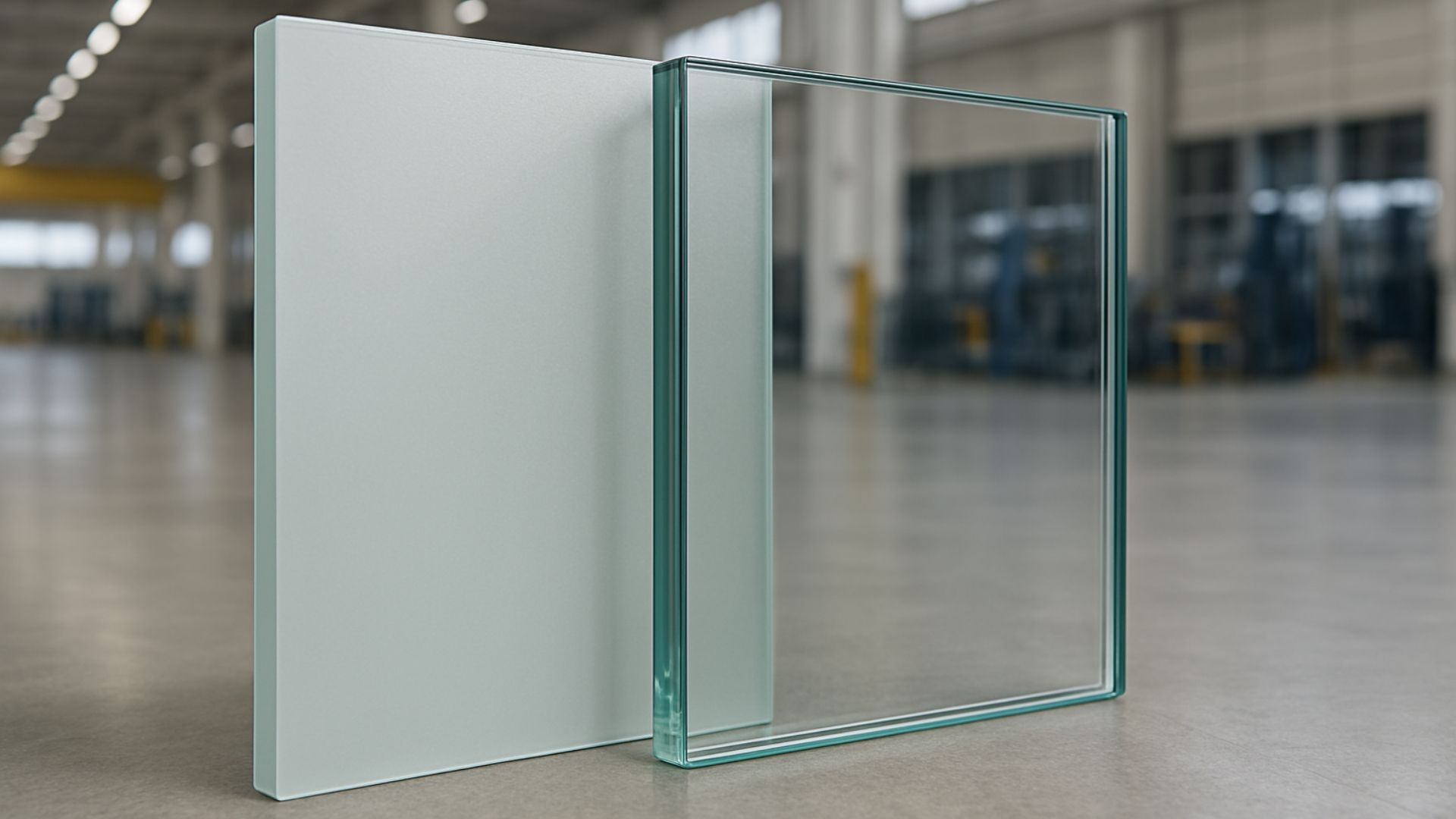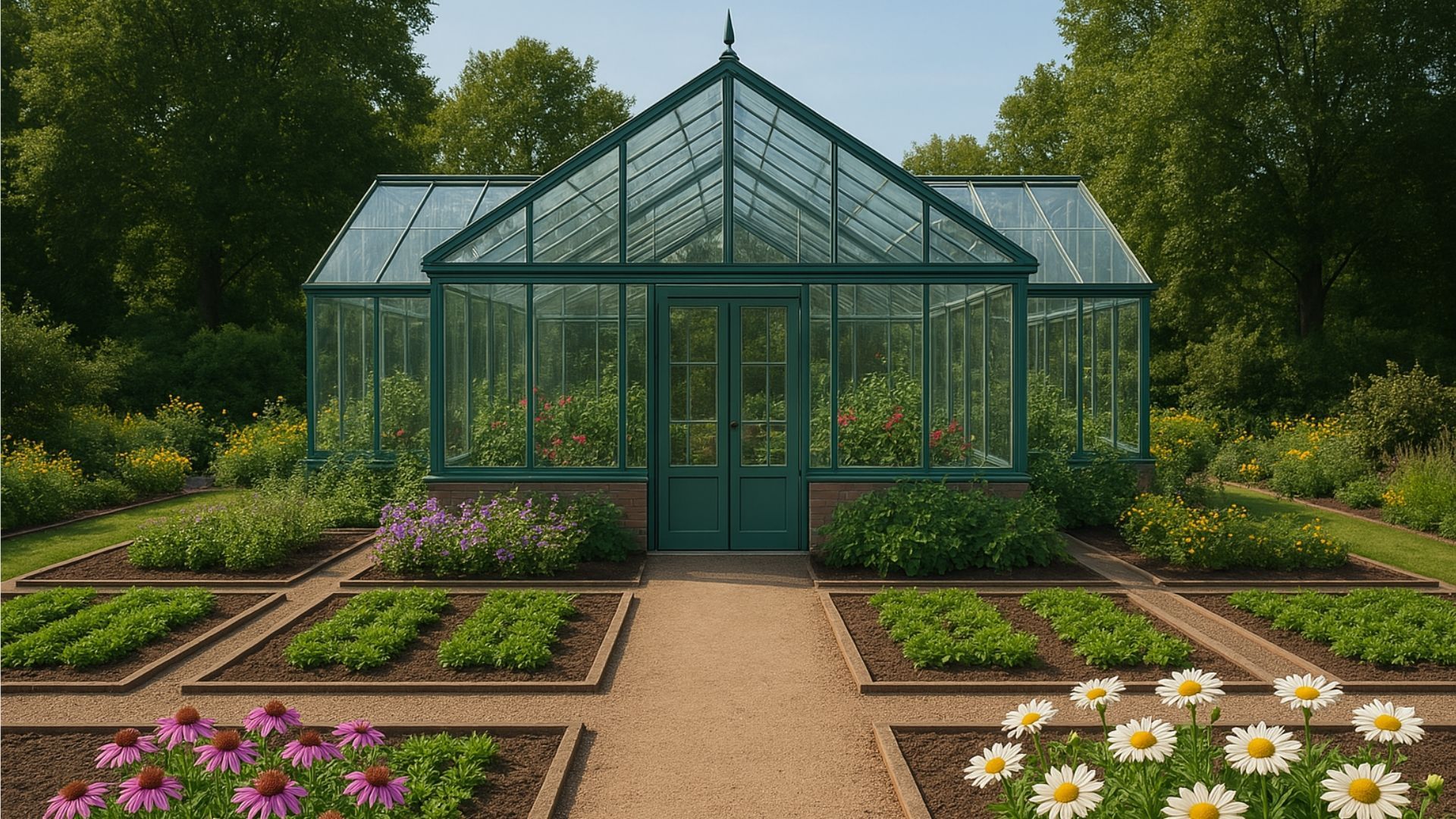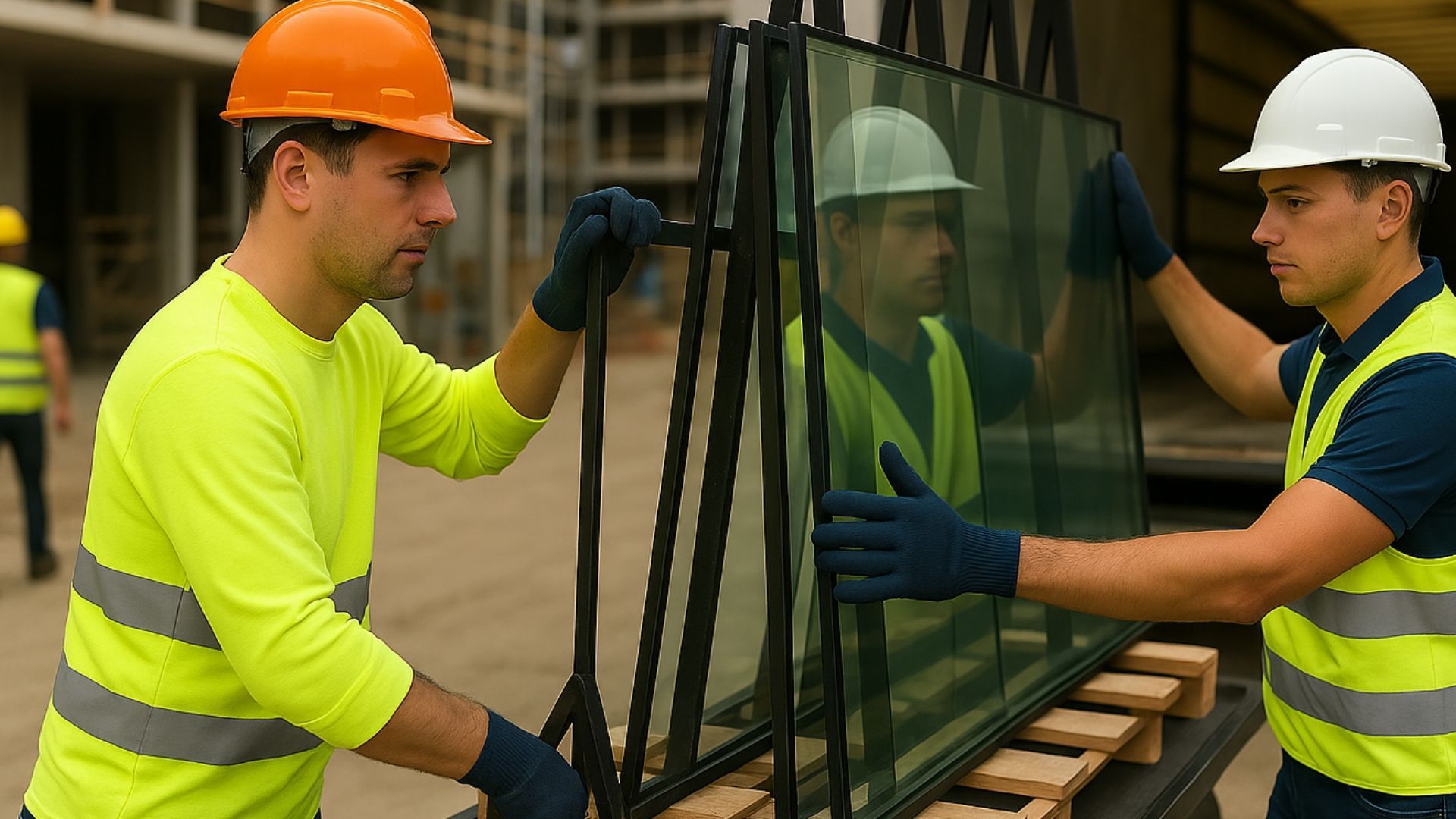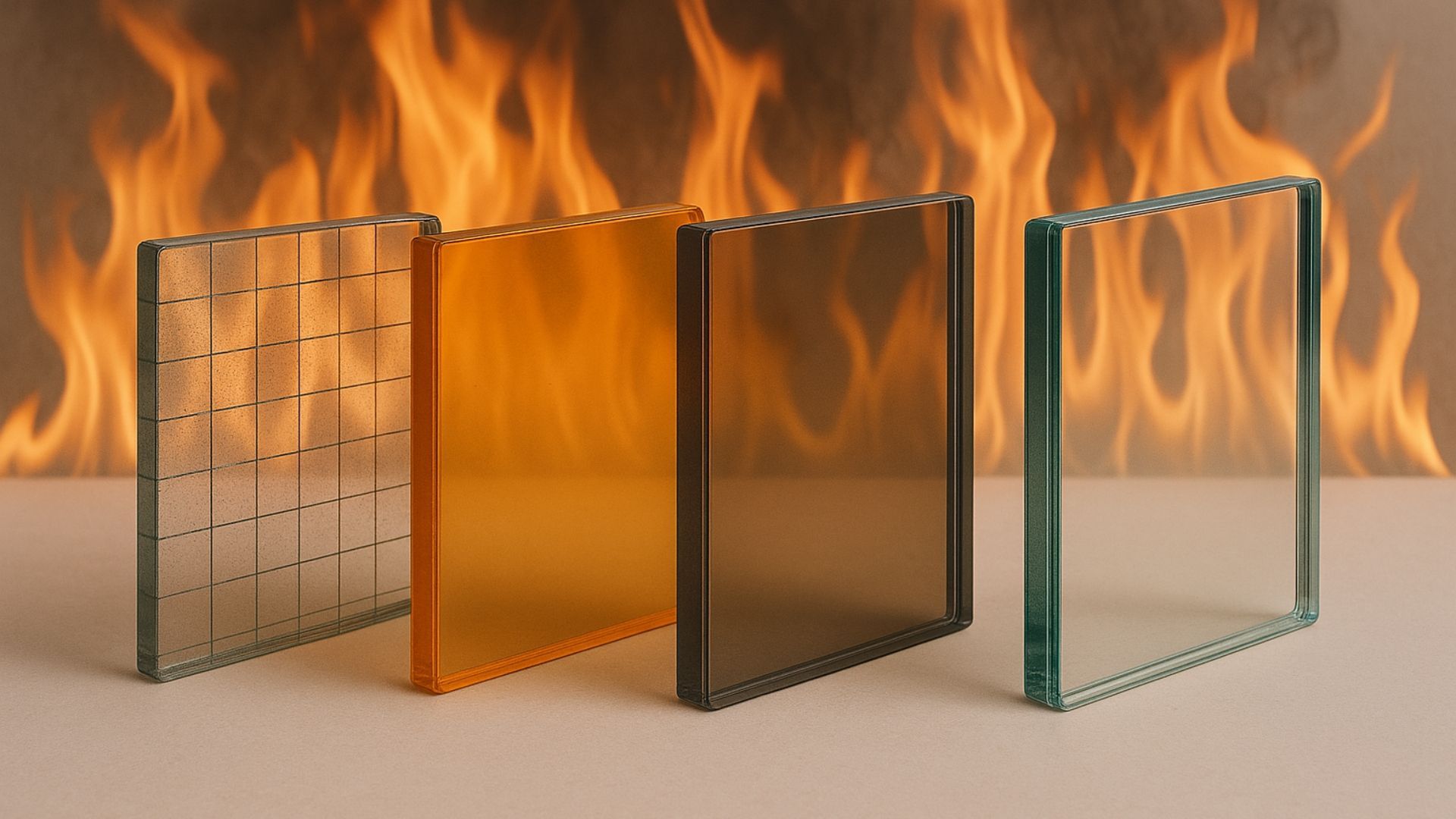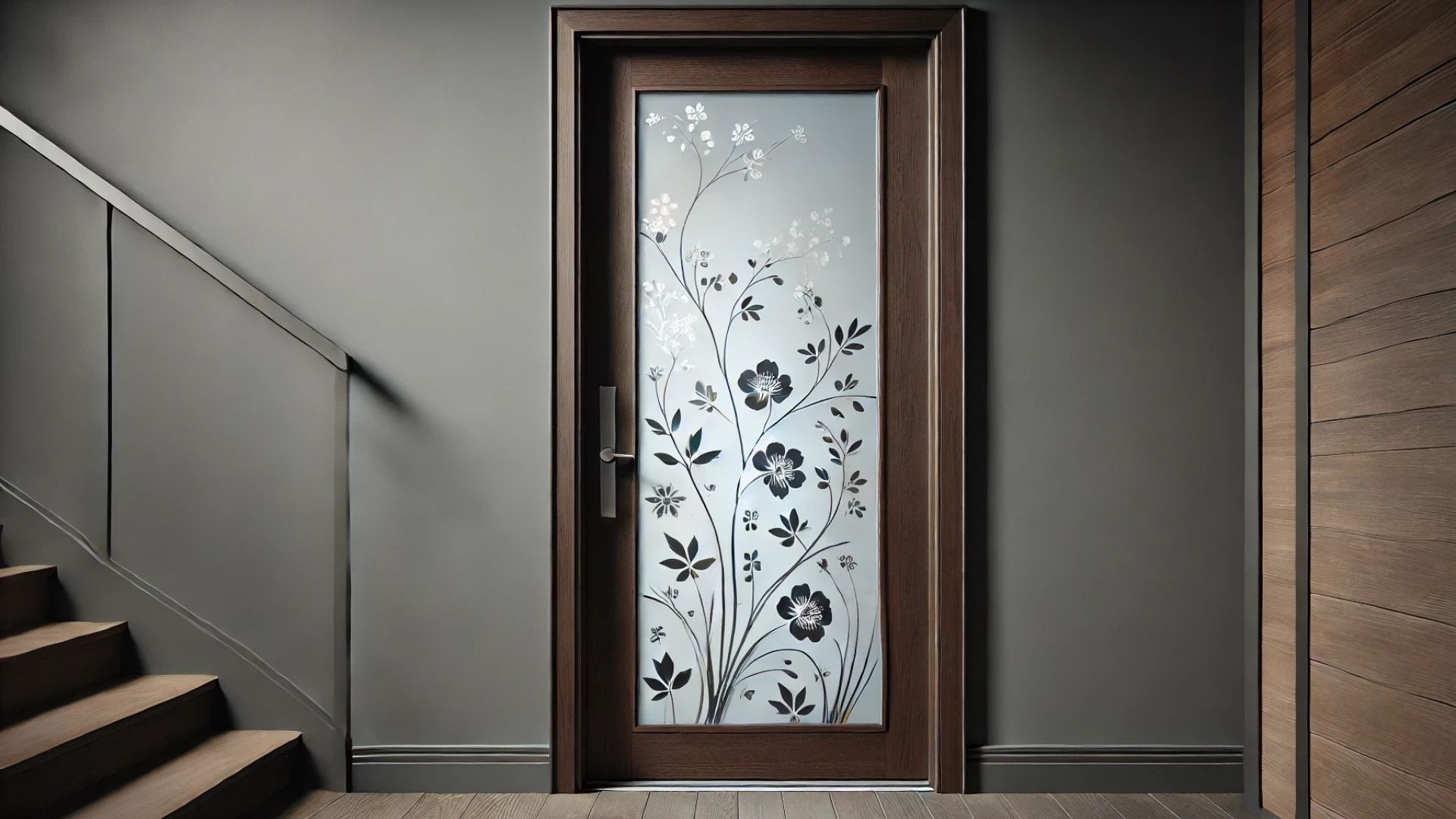
Natural light has many benefits, but it's crucial to harness it correctly. Learn how glass can make a difference.

The joy of sunshine is hardly a secret. From ancient empires to today's latest holiday offer, civilisations across the globe have devoted a lot of time to appreciating the sun – in art and religion, as well as daily life.
Such timeless celebration may stem from a time when people depended on the light and warmth of the sun to survive. But it remains just as vital to our physical and psychological health today.
Gone are the days of dreary, barely-lit offices. Today, corporate tower blocks abound with glass, offering panoramic views and drawing bountiful natural light into office spaces.
Even older brick buildings now tend to sport skylights and an abundance of windows – because architects, like the painters and artists before them, understand that natural light carries an abundance of practical and aesthetic potential.
Let's explore just a couple of the reasons why the sun is hugely important in architectural design.
1. Sunlight is efficient – and sustainable
A clever architect doesn't need to worry about fancy heating systems when they can harness the warmth of a natural resource using some good-quality glass.
Larger avenues for natural light reduce the dependency on harsh artificial lighting, thus lowering energy consumption. This makes the choice both eco-friendly and efficient.
2. Architecture is aesthetic, not just functional
Architects are forever coming up with new ways to translate the sun's rays through windows and onto walls, furniture, floors and ceilings. The virtually endless possibilities for creativity make it appealing in private homes – and can truly transform corporate spaces in second ones.
Using different materials, techniques, and angles, designers can redirect, amplify and even recolour natural light. This drive to transform boring spaces is what drives us to offer unique products like mesh interlayer glass, which can hold an intricate metal design between glass sheets. Combining the beauty of woven metallics with the strength and practicality of glass, it's a modern, elegant solution for designers looking to inspire awe whenever the sun peeps from behind a cloud.
The value of light, airy spaces is clear. However, there are some considerations a good designer will pause over. Namely, that the quality and safety of such spaces depend on choosing the right glass for the job. Quality, type and treatment are three areas of huge importance.
Too much of a good thing?
On the one hand, we want to invite a lot of light in – and we already know that the free heat can make the energy bill cheaper. However, it's important to find the balance when maintaining a comfortable indoor temperature and ambience.
In warmer climates, high-transmission glass with a low-E coating can provide a barrier to unwanted heat whilst still providing unobstructed clarity. And many glass suppliers and manufacturers will monitor the light-to-solar-gain ratio (LSG) of their glass. LSG is a useful metric that identifies the optimal level of light transmission with the desired thermal and solar performance.
In easier words: designers can work with their industry partners to ensure they select glass that will achieve their goal of bright, open spaces without making everyone uncomfortably hot and bothered.
Cracking under heat
Though it's rare, toughened and heat-strengthened glass can spontaneously shatter when exposed to extreme temperature changes.
This can happen for several reasons, including damage, vandalism and improper installation. It can also occur if there are tiny particles of nickel sulfide in the glass during manufacture. While it isn't considered a defect in and of itself, such glass types – popular in commercial architecture – can spontaneously shatter because of it.
It's a rare phenomenon but a risky one. This is particularly true if the glass happens to be in a high-traffic area or in a high, hard-to-reach place.
To combat the risk, customers can opt for glass that has been heat-soak tested by the supplier.
Heat-soak testing is a quick procedure that involves heating the glass for several hours and then cooling it. Any vulnerable glass would shatter and therefore be replaced, vastly diminishing the risk prior to installation.
While this might prove too costly for every general window, it can be a valuable insurance policy for installation projects that are bespoke, difficult to install or where shattering could pose a significant risk to the public.
Because of its importance, ToughGlaze offers this service for all tempered glass types and sources the glass from just three trusted suppliers in the UK.
Feel the burn
Many a happy holidaymaker will tell you: sunlight is lovely – but spending too long in it without proper barriers can make you realise just how powerful this natural resource is.
The same can be said for architecture. Although even plain glass blocks up to 97% of the UV rays, the remaining three percent can still lead to sunburn after extended periods. Not ideal for the blissfully unaware colleague who bagged the window desk.
Laminate glass is the most effective for preventing sunburn. The extra plastic layer added for breakage protection also successfully blocks out all UVB rays – and an impressive 99% of UVA.
Given everyone is exposed to UV rays, even on a cloudy day, it shouldn't put you off glass-forward designs – not when the benefits of the sun truly outweigh the risks. The best thing designers can do is discuss their needs with their suppliers and have a healthy awareness of the sun's impact when planning interior layouts.
How we can help
When it comes to architecture, the sun is an ally with many benefits. Choosing the right types of glass, and the right quality, makes a huge difference when maximizing the value of natural light and heat. That's why all ToughGlaze products are Kitemark-approved and meet relevant British or European regulatory standards.
At ToughGlaze, we're not just a toughened glass supplier – we're your one-stop shop for all commercial glass products. We've invested in some of the UK's most advanced glass processing facilities for a reason. Our aim is to be the only glass supplier you ever need – or want – to work with.
Choose us and you can expect a quick turnaround, outstanding service and a host of customisation options to make your next project the smoothest yet. Get in touch with our friendly experts to get started.
Join Our Newsletter — No Spam, Just Expert Tips and Updates for Your Next Construction Project!


| ToughGlaze LTD
